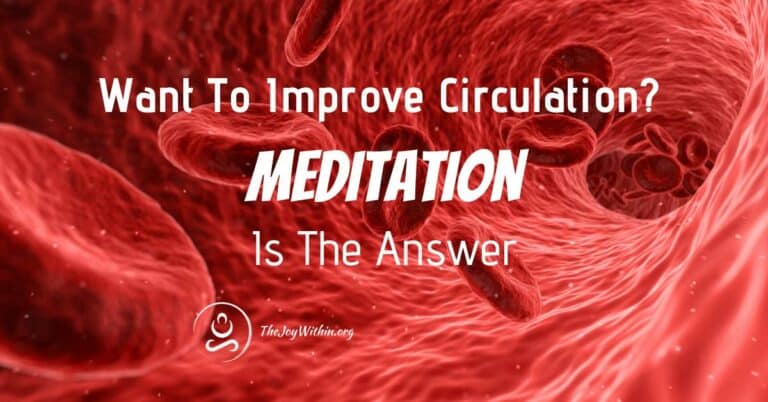Modern-day treatments for psychological disorders commonly do not take as much care in treating the person holistically and solving the root cause rather than prescribing medications. When we numb the problem emotions we also numb the joyful emotions.
This is where meditation approaches PTSD as a treatment with no negative side effects and numerous health benefits. Below we will cover how meditation works as a treatment for PTSD and how to get started.
Understanding PTSD
You may already know exactly what PTSD is since you are reading this article, or you may not. For those of you who do not know or only know of it as intrusive flashbacks to experienced trauma, you would be partially correct.
PTSD stands for posttraumatic stress disorder. It can occur after someone has experienced a traumatic event and is categorized by often debilitating symptoms such as flashbacks, persistent anxiety, intrusive memories, panic disorders, and social dysfunctioning.
Someone with PTSD consistently feels under threat throughout life. This creates avoidance of what triggers the PTSD symptoms and people may choose to use numbing coping mechanisms such as substance abuse.
Studies Supporting Meditation and PTSD
This study explains that those with PTSD have a higher rate of activity within the amygdala. The amygdala is the part of the brain that processes the emotional response to external stimuli and perceiving threats, thus triggering our body’s protective response.
The hormones released after the amygdala perceives a threat will flood the body with hormones and shift it into a reaction for the body to survive danger. This only amplifies any sort of emotional trauma surfacing during the trigger.
Learn more about how meditation rewires the fight or flight response here. At Massachusetts General Hospital and published in Psychiatry Research: Neuroimaging, a study focused on the results of meditation and the brain’s grey matter.

The study measured 16 brains of people who have never meditated before. They were measured with MR images 2 weeks before beginning the eight-week mindfulness meditation program and as well as afterward. The participants meditated daily for an average of 27 minutes.
The results showed the brain actually begins to change its structure as an increase in grey-matter was found within the hippocampus. Which is related to learning and memory function. See more ways the brain structure is changed by meditation here.
Now the results also showed a reduction within the grey matter of the amygdala. Which as explained above the amygdala plays a big role in perceiving anxiety and stress and triggering the fight or flight mode.
Meditation Techniques
Simple meditation techniques work to calm the nervous system and shift one out of the sympathetic (the fight-flight-or-freeze response) and into the parasympathetic (calming) nervous system. You can practice pranayama or yogic breathing techniques such as these 5 calming pranayama techniques.
You can also begin our 30-day meditation course which will guide beginners to start their meditation practice and find the necessary tools and assistance to do so.




